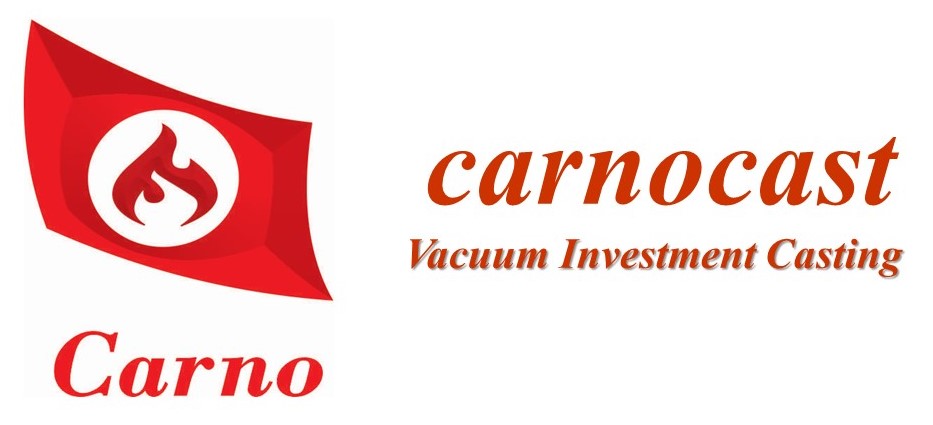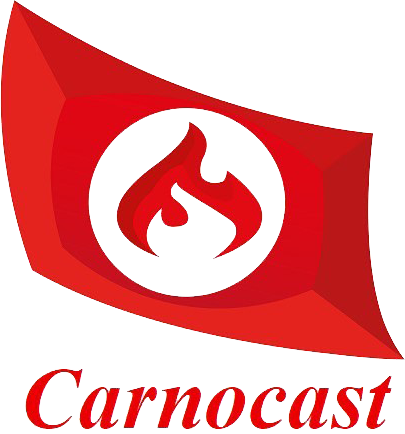Most alloys and metallic materials have investment casting ability. Plain carbon steels, alloy steels, stainless steels, superalloys, colored metals, etc. can be poured by investment casting method.
Complex geometrically shaped parts that cannot be machined easily or have an expensive machining cost are easily shaped by investment casting method. Small parts, complex parts, difficult to machine parts, and precision components can be cast by investment or precision casting process.
Rapid production, small and complex parts, accurate dimensions, negligible machining need, internal channels production ability, and economy of scale are some pros of investment casting.
The disadvantages of investment casting include the initial time for designing and manufacturing wax injection molds, high primary production costs, disposable wax models, and ceramic shells.
Investment casting, also known as lost wax or precision casting, was originally used for copper statues and tools over 5000 years ago. Ancient lost-wax casting used materials such as beeswax and clay to produce these copper, bronze, and gold items much faster than smithing and abrasion civilizations in the Indus Valley, Egypt, China, and Central America developed lost-wax casting.
Rapid prototyping methods, now widely used in 3D printers, have expensive production costs and limitations, and low surface finish compared to traditional wax patterns. Recently, 3D printers with the ability to print metals such as stainless steels and superalloys have also become common; however, the horizon for replacing these methods by investment casting is not clear and may be impossible.
An atmosphere whose air has been extracted is called a vacuum atmosphere. When materials are melted and cast in vacuum, the reaction between molten materials and atmospheres is minimized, because in vacuum atmosphere, the amount of oxygen, nitrogen, and other gases is near zero. The lack of reaction between molten and atmospheric air gases during the creation of vacuum atmosphere makes it possible to cast alloy materials with volatile elements, such as titanium and aluminum. Most superalloys have titanium and aluminum elements that cannot be cast without vacuum. Another advantage of vacuum is the increase in fluidity and fillability of the fluid due to the lack of air in the ceramic mold during casting.
Vacuum level for vacuum investment casting is Up to millibar.
Investment casting has a good dimensional accuracy and smooth surface, and many of the produced parts such as turbine blades go to service with a little machining process.
The largest users of vacuum investment casting are power plant industries, aviation and aircraft industries, military industries, energy industries, and somewhat rail industry. Casting gas turbine blades, aircraft engine’s blades and turbocharger parts are the main applications of vacuum investment casting by superalloys.
The United States of America is leading the foundry industry due to its advanced aviation, power plants, and military industries. European countries, especially England, have the largest precision casting companies in Europe. Furthermore, Eastern European countries are famous in this industry. In recent years, Chinese companies have also made significant progress in the vacuum investment casting industry as well as other industries. In the Middle East, Iran is a leader in this industry, with about 40 years’ history, especially in the field of turbine blade casting..
Superalloys are divided into two cast and wrought categories. In the cast group, superalloys such as IN738 and IN792 are the most commonly used in casting of first stage blades. IN713 superalloy is also widely used in casting blades of the last stage of gas turbines or aircraft engines, as well as turbocharger parts. IN939 superalloy is used in casting first stage nozzles (stator blades). Besides, patented superalloys such as GTD111 and GTD222 have been introduced by GE, designed for rotating and stator blades, respectively. In addition, superalloys such as FSX-414 and Hastelloy X-45 are used in casting stator blades.
Superalloys are divided into three groups: nickel based, cobalt based, and iron based. These alloys are derived given the large number of alloying elements that each element adds to the alloy for a particular purpose, and a combination of excellent properties is obtained, which is why it is called superalloy. Superalloys have a combination of mechanical properties, corrosion properties, and elevated temperature strength properties.
The development of superalloys is tied to the invention of vacuum melting furnaces. Around the 1950s, when VIM furnaces entered the industry, the previously invented Ni-Cr 80-20 superalloy was introduced as the first high-temperature superalloy by adding small amounts of Al and Ti. The Nimonic family superalloy is known as the oldest superalloy.
Directional Solidification superalloys are used in the production of turbine blades with directional grains (the direction of the grains is parallel to the axis of the turbine blade and there is no grain boundary in the direction perpendicular to the blade axis). One of the first raw materials used by Alstom Company in manufacturing directional solidification blades is IN939+Hf. The lack of grain boundaries in the blade axis significantly increases the strength of the produced DS blades (up to about three times). There are also more advanced superalloy materials used in manufacturing single crystal SX/SC blades; the blades produced in this way consist of only one crystal, without any grain boundaries. Superalloy CMSX-4 can be mentioned among these superalloys.
Today, Nano-materials are used in manufacturing turbine blades by 3D printing. Turbine blades are produced in companies like Rolls-Royce and even in single crystals by 3D Printing. This branch of knowledge is so advanced that it is authorized by pioneer companies like Rolls Royce and GE
In investment casting, wax patterns are used, injected into the mold, and used as patterns. For production of first articles or small number of parts, the 3D patterns can be printed from materials such as PLA filaments using 3D file and used in ceramic shell creation. This method does not produce high superficial quality; nevertheless, it is possible to achieve relatively acceptable quality by surface polishing. The advanced method of 3D printing for manufacturing the casting patterns like SLA are employed for Jewelries’ manufacturing.
Wax shrinkage coefficient varies according to the type of wax and its production company, but the limit of contraction coefficient is often between 0.75 and 1 percent.


